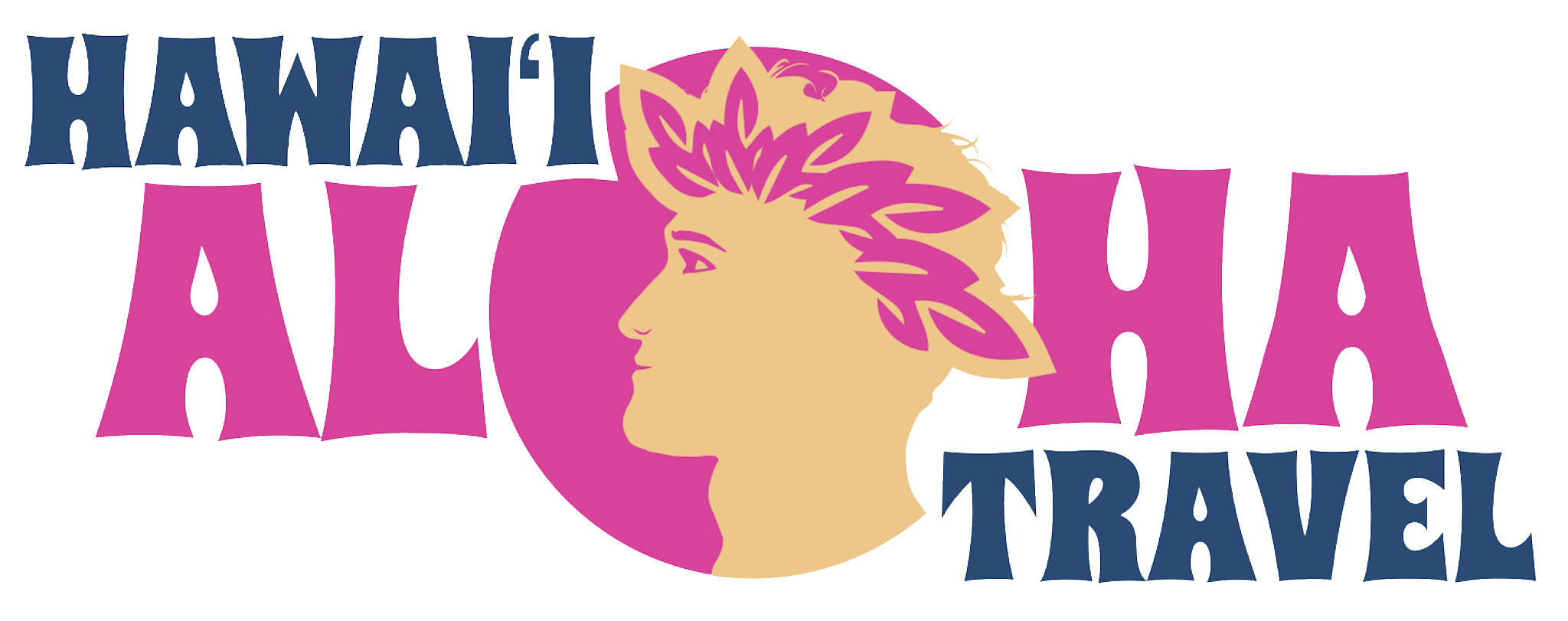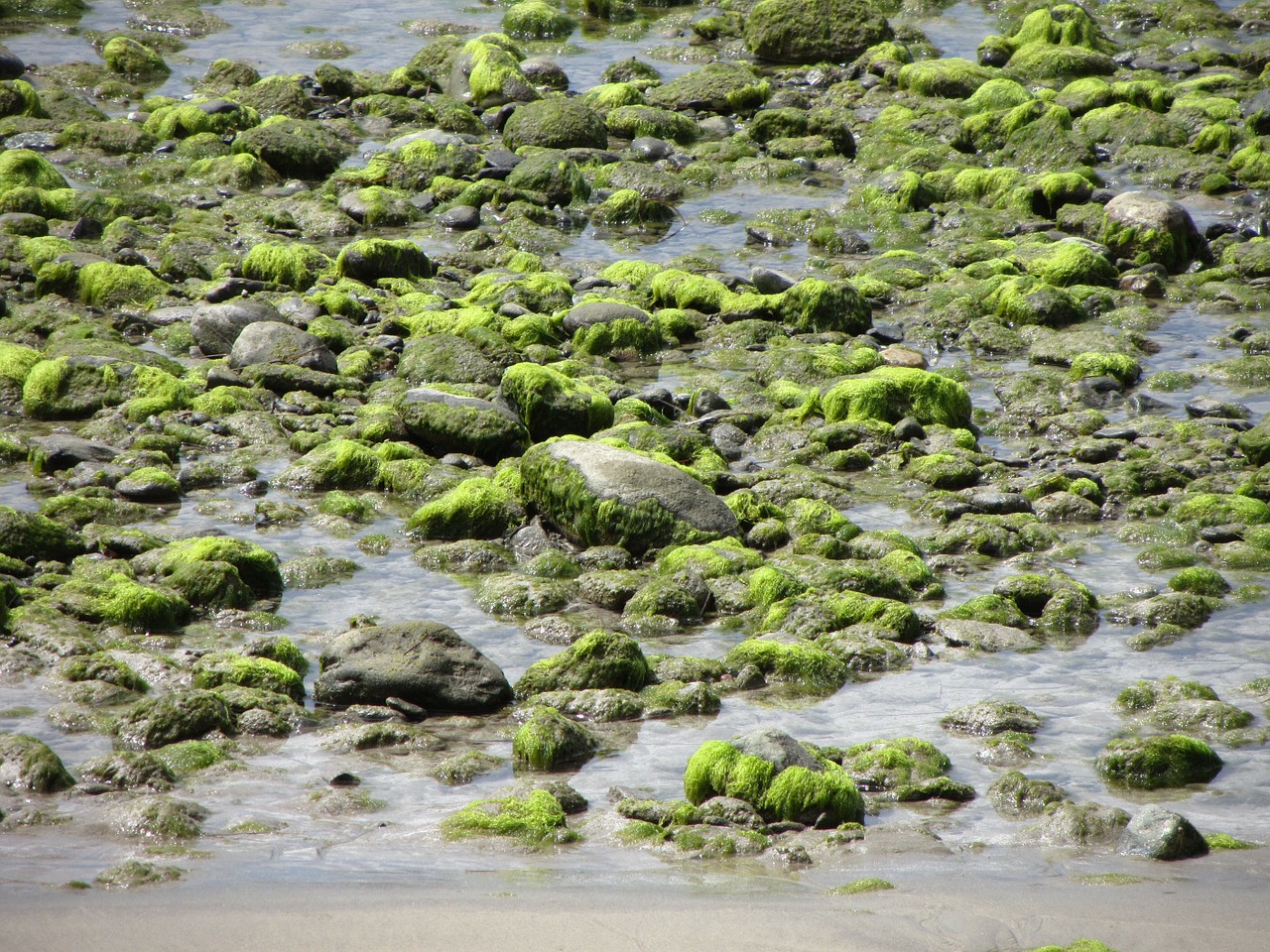On the backside of iconic Diamond Head is East Honolulu and Maunalua Bay. Scarcely as well-known as its glamorous neighbor Mamala Bay (home to Waikiki Beach, the Honolulu waterfront and Pearl Harbor), Maunalua Bay begins at Blackpoint, a small, jutting peninsula crusted with elaborate, million dollar homes. Maunalua Bay is comprised of about 8 miles of coastline that runs out to Portlock on Koko Head, another jutting peninsula crusted with elaborate, million dollar homes.
Mamala Bay was once a thriving marine ecosystem teeming with farms and fisheries. From the handful of valleys that open into the bay to the coral reefs, land and sea was traditionally managed sustainably. But with the rapid growth of large scale residential development that began in the 1950s, the waters of Maunalua Bay have suffered damage. Residential expansion has slowed, but it does continue.
The removal of the invasive algae “leather mudweed,” which chokes out the coral reef and starves native fish species out of the area, is a priority among those who seek to help restore Maunalua Bay to its natural balance. The other main problems in the bay’s ecosystem are land-based pollution and the degraded fisheries that result from it.
At the forefront of efforts to restore the bay is Malama Maunalua. The group organizes regular huki, or gatherings to remove the leather mudweed from the shallows of the bay. Since 2007, Malama Maunalua has removed millions of pounds of it. The removed material is then transported for use as compost at a number of local farms. Between 2010 and 2011 alone, Malama Maunalua and partner organizations cleared 25 acres, 3 million pounds, and created 70 jobs in the process.
Malama Maunalua’s list of partners and sponsors is dozens deep, and it contains some of the most respected environmental and cultural conservation organizations in Hawaii. Partners include the Nature Conservancy, the Polynesian Voyaging Society, Aloha United Way, and NOAA, to name just a few.
The regular huki, or seaweed removal are open to the public, so visitors interested in volunteering for a worthy cause while on Oahu have the chance to get their hands dirty for a good cause. If you don’t mind getting wet and getting dirty, anyone can be a part of an effort that has made significant, visible strides in returning Maunalua Bay to its natural balance.
Volunteers should bring plenty of sunscreen and water, and shoes you don’t mind getting wet. For more information about Malama Maunalua’s leather mudweed removal and other events, visit www.malamamaunalua.org.




